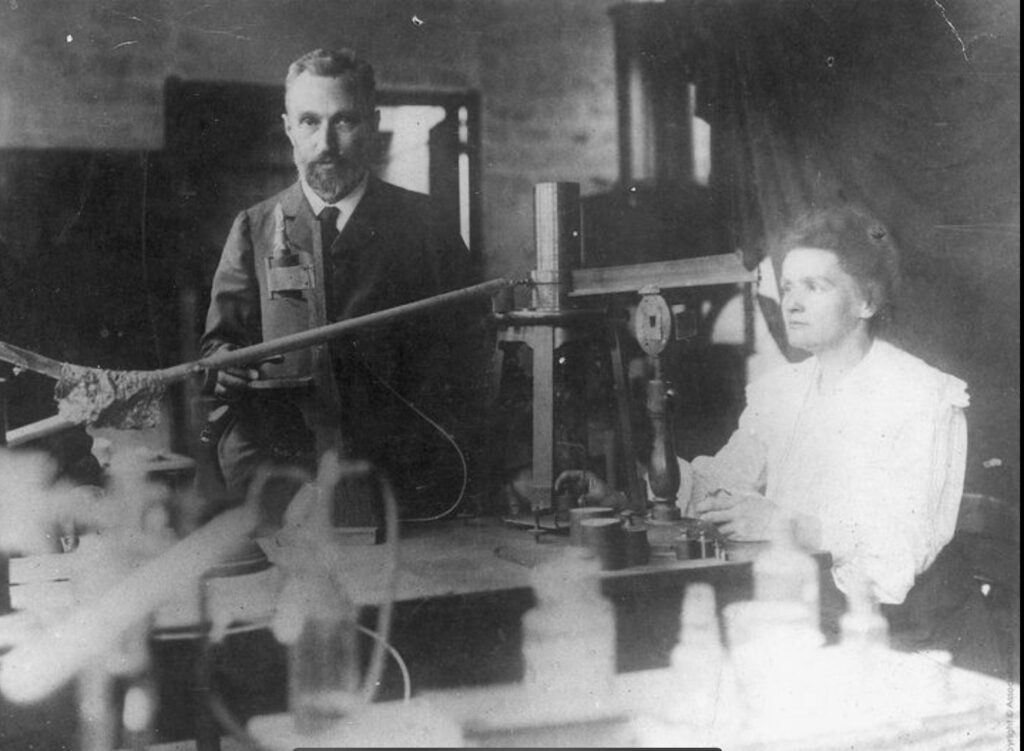Building an R&D strategy for Global impact
NIA’s approach to Management of Innovation
The term Research and Development (R&D) refers to a range of activities that extend from early exploration of a domain knowledge to specific practical implementations.
The global expenditure on research and development (R&D) is immense. In 2019, worldwide R&D spending reached $2.3 trillion, which is about 2 percent of the global GDP. This expenditure was roughly split between industry and contributions from governments and academic institutions. Furthermore, the annual investment in R&D has been increasing at an approximate rate of 4 percent per year over the past decade.
Industry Focus
The medical sector, alongside high tech, agriculture, and consumer goods, stands out for its substantial R&D expenditure relative to revenues. These industries allocate more than 20 percent of their earnings before interest, taxes, depreciation, and amortization (EBITDA) to research and development activities.
NIA is on a mission to empower scientific and technological talent and actively support the realization of their most ambitious projects.
Explore our R&D programs and learn how we assist talented scientists in their pursuit of innovation.
Innovation : Substance Vs. Process


At the core of the biggest R&D endeavors lies the essence of concise processes; all innovation projects are founded upon the same core activities. However, the substance of the matter is a far more delicate challenge, centered around humans. Placing human capital at the epicenter of its strategy, NIA is dedicated to nurturing talent and cultivating a culture of creativity and collaboration. By harnessing the expertise of its Researcher Members and partners, NIA aims to forge synergies that bridge the gap between academia and industry.
Management of Technological Innovation
Each innovation project just has to start from scratch again. The new, the unprecedented is the kernel of such an endeavor and thus, there is in general very little one can learn from others.
Management of Innovation is defined as linking engineering, science, and management disciplines to plan, develop, and implement technological capabilities to shape and accomplish the strategic and operational objectives.
NIA is committed to taking a proactive stance in R&D management, employing a comprehensive approach that integrates problem-solving frameworks and recognizes the interconnectedness of innovation streams with the expertise of our research team.
Learn more about Incubation .
Choosing Problems
Your ability to choose the right problems to work on, is more important than your raw technical skills.
Every R&D project is an investment endeavor, representing a series of steps from conception to full realization and technological fruition. For organizations spearheading innovation, cultivating an appreciation for ideas that offer sound investment potential requires a deep understanding of the inherent risks associated with each project, as well as a robust strategy for navigating the dynamic technological landscape and ensuring successful implementation.
The modern R&D Landscape
The first step in building an effective R&D strategy is to understand the main challenges of the modern R&D landscape. This understanding will then inform the development of nationally implemented solutions.
Subscribe to our Blog
Gain insights into the principles of R&D management, the dynamics of technological and scientific innovation, and trends in industrial development.
